
Interoperability has long been the holy grail for blockchain ecosystems, but the Superchain, Optimism’s ambitious network of OP Stack rollups, has moved from theory to practice. At the heart of this transformation is a new class of decentralized infrastructure: shared sequencers. These networks are rapidly reshaping how Layer 2 chains interact, unlocking new possibilities for cross-chain applications, unified liquidity, and seamless user experiences.

What Are Shared Sequencers and Why Do They Matter?
In the traditional model, each rollup chain operates its own sequencer, a node or set of nodes responsible for ordering transactions. This approach has clear downsides: it fragments liquidity, isolates applications, and introduces centralization risks if a single party controls sequencing. Shared sequencers, in contrast, are decentralized networks that coordinate transaction ordering across multiple OP Stack chains simultaneously.
This architecture is more than a technical upgrade, it’s a paradigm shift. By allowing OP Chains to read and write each other’s state in near real-time, shared sequencers make true superchain interoperability possible. Users can move assets or execute contracts across different rollups without waiting for slow bridging processes or risking fragmented liquidity pools.
The Superchain Vision: Unified Security and Communication
The Superchain is not just a collection of L2s; it is an interconnected family of OP Stack rollups that share security guarantees and communication protocols. According to Optimism’s documentation, superchain interoperability lets these blockchains directly access each other’s state, a crucial feature powered by shared sequencing layers.
This unified approach enables several game-changing features:
Top 5 Benefits of Shared Sequencers for Superchain Interoperability
-
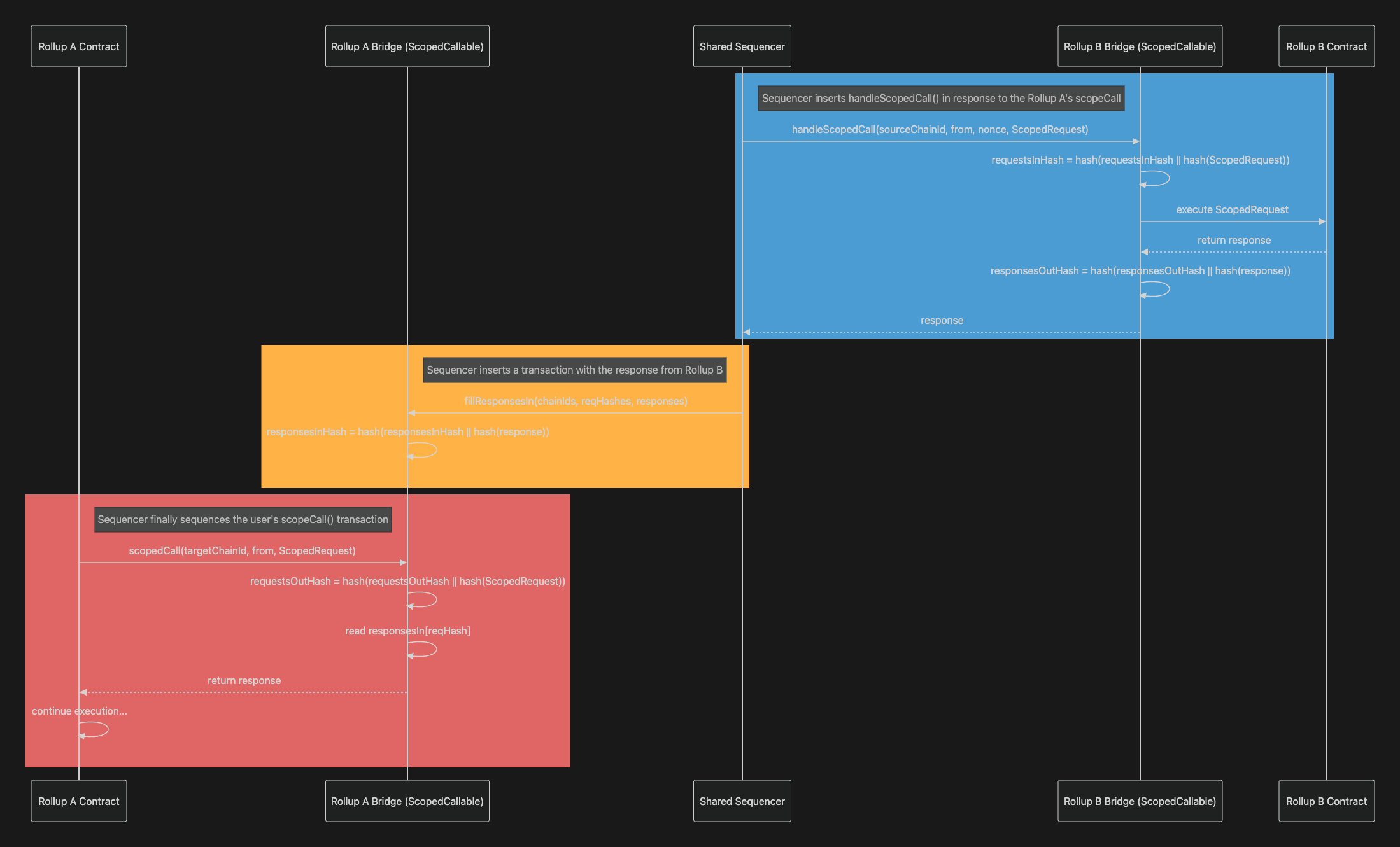
Seamless Cross-Chain Transactions: Shared sequencers enable OP Stack rollups within the Superchain to process transactions across multiple chains without friction. This unified ordering system reduces delays and complexities in moving assets or data between OP Chains, making interoperability truly practical.
-
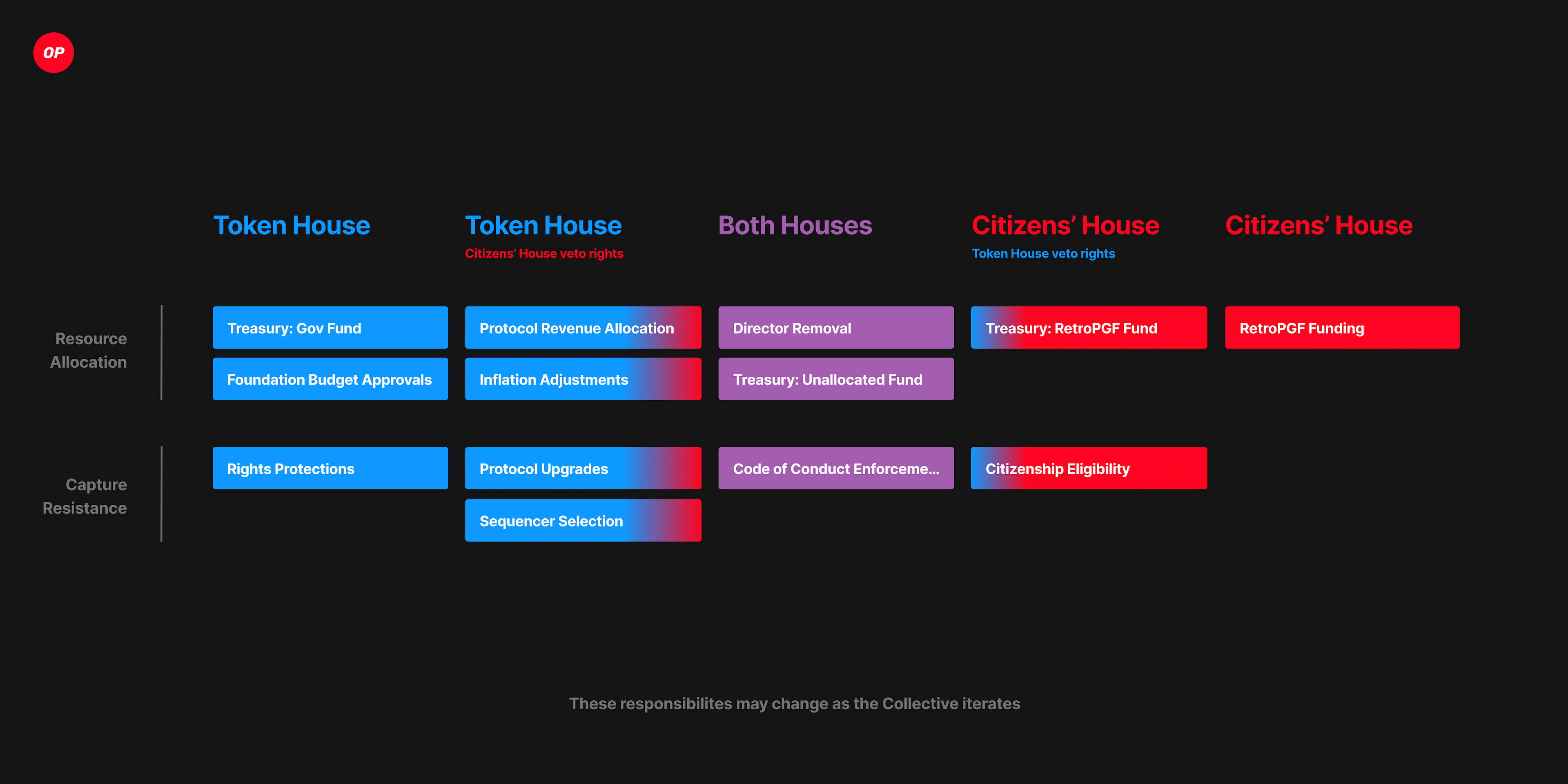
Reduced Liquidity Fragmentation: By coordinating transaction ordering across all participating chains, shared sequencers help pool liquidity, minimizing the silos that occur when each rollup operates independently. This supports deeper markets and more efficient DeFi protocols within the Superchain.
-
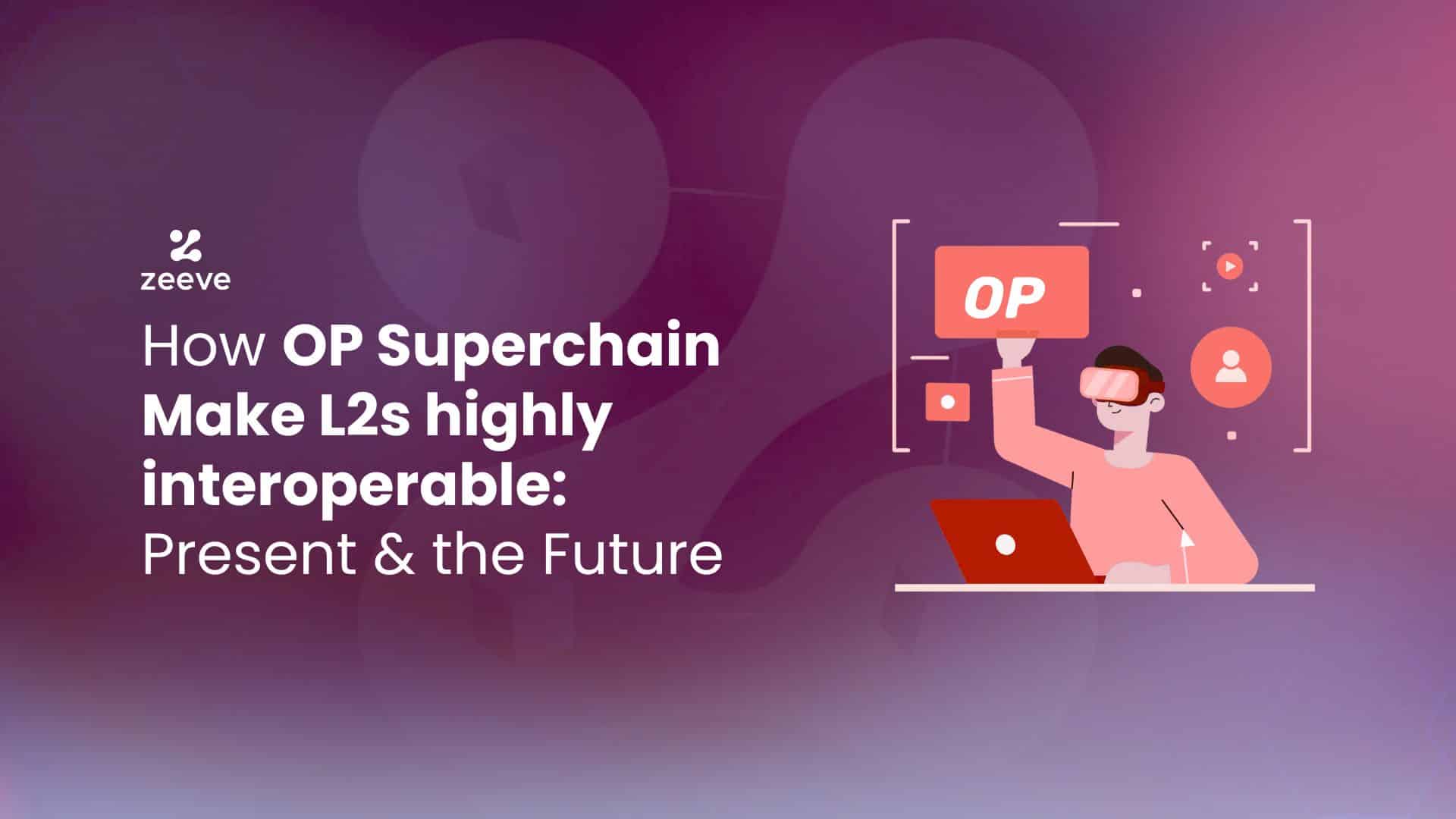
Enhanced Security Through Decentralization: Moving away from single-chain, centralized sequencers to a decentralized, shared network reduces the risk of censorship or single points of failure. This strengthens the overall security posture of the Superchain ecosystem.
-
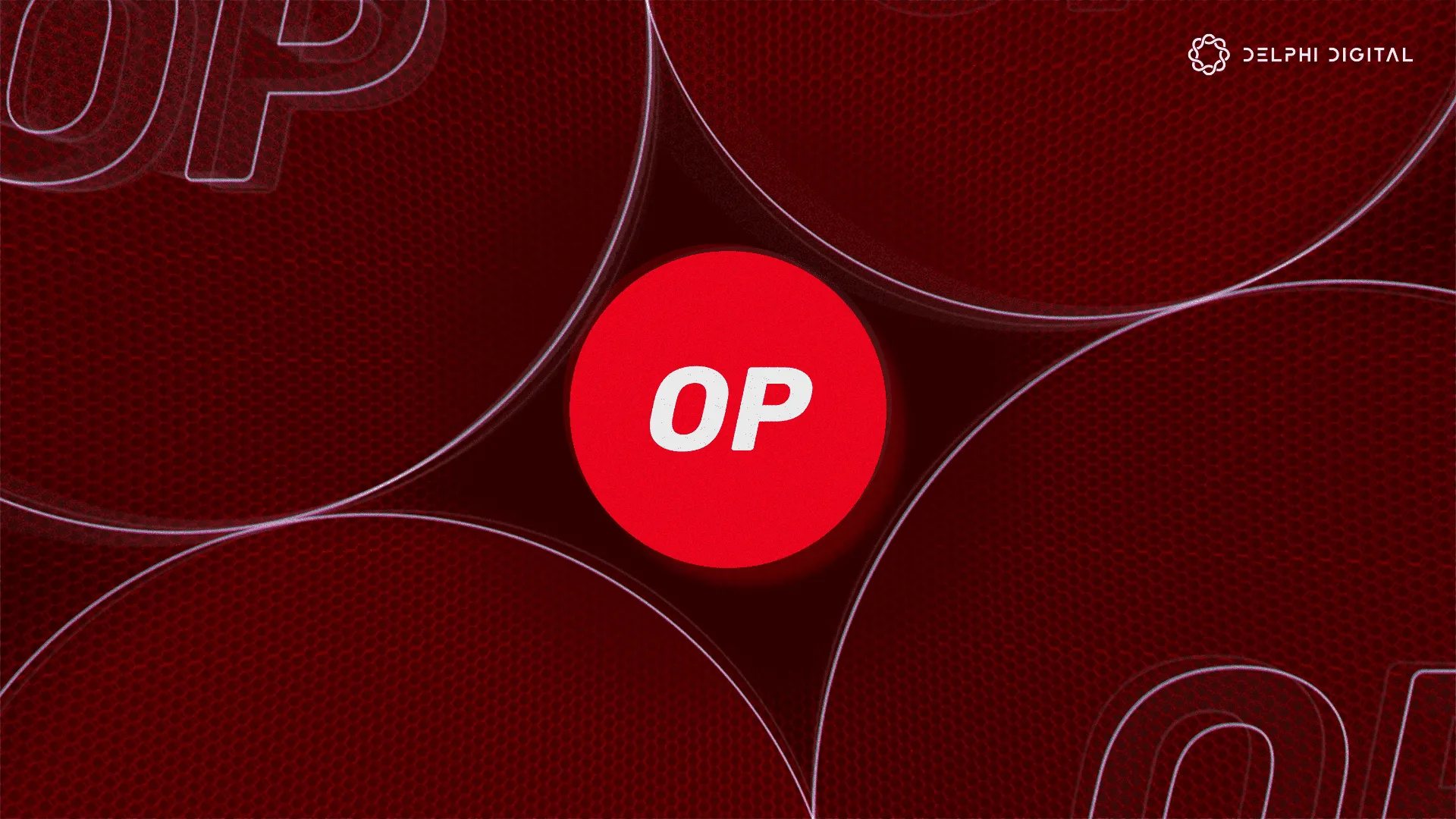
Improved User Experience: Users benefit from faster, more predictable interactions across OP Chains, as shared sequencers eliminate the need for complex bridging solutions and reduce confirmation times for cross-chain actions.
-
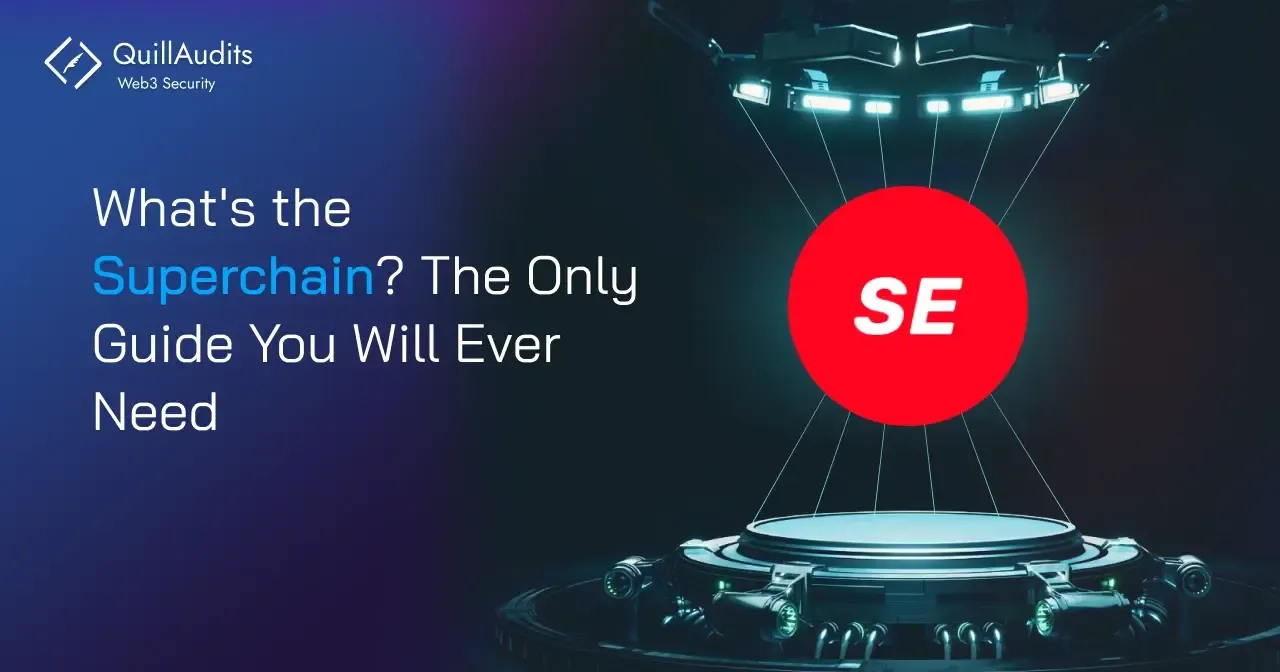
Scalability for the Entire Ecosystem: Shared sequencers allow the Superchain to scale horizontally by adding new OP Chains without sacrificing interoperability or performance, supporting the network’s growth and adoption.
Perhaps most importantly, shared sequencers reduce the risk of MEV (Maximal Extractable Value) attacks by decentralizing transaction ordering. This makes the ecosystem more robust and fair for both users and developers.
How Shared Sequencing Unifies Liquidity Across Rollups
Liquidity fragmentation has plagued multi-rollup ecosystems since their inception. When each chain maintains its own order book and settlement layer, moving assets between them is cumbersome, often requiring time-locked bridges or complex third-party protocols.
Shared sequencers address this by providing a common transaction ordering layer. This allows trades and transfers to be executed atomically across multiple chains, effectively treating the entire Superchain as a single liquidity pool. As a result, DeFi protocols can offer deeper markets and better pricing without forcing users to pick sides among competing rollups.
The Road Ahead: Challenges Remain
No technology comes without trade-offs. Shared sequencing introduces its own set of complexities around consensus mechanisms, governance (especially as OP token holders may have a say in protocol upgrades), and potential latency between chains. The community is actively debating optimal designs, from permissioned committees to fully decentralized networks like Espresso or EigenLayer-powered solutions.
For those looking to dive deeper into how these systems work under the hood, and what it means for cross-rollup composability, see our coverage on how shared sequencers like Espresso are enabling cross-rollup composability in the OP Superchain.
Still, the momentum behind shared sequencers is undeniable. Recent testnets have demonstrated atomic cross-rollup trades and near-instant asset transfers, signaling that the theoretical benefits are translating into tangible user experiences. As more OP Stack chains opt in to shared sequencing, the Superchain edges closer to a truly unified state machine, one where composability and liquidity are native, not bolted on as afterthoughts.
Decentralized sequencing isn’t just about technical elegance; it’s already reshaping the business models of DeFi protocols and dApps. By eliminating friction between rollups, projects can tap into a much larger user base and deeper capital pools without sacrificing security or decentralization. This shift is particularly crucial for applications like DEXs, lending markets, and NFT platforms that thrive on network effects and liquidity depth.
Ecosystem Impacts: Winners, Risks, and What Comes Next
The rise of shared sequencers is catalyzing a new wave of experimentation across the Superchain. Protocol teams are racing to design cross-chain apps that would have been impossible just a year ago. Governance discussions are heating up as OP token holders weigh in on how decentralized these networks should be, and who gets to operate them.
However, it’s worth noting that not all chains or users will benefit equally from this transition. Chains with unique execution environments or governance models may face integration hurdles. Additionally, as sequencing becomes more decentralized, new attack vectors could emerge, making ongoing research into consensus safety and economic incentives essential.
For developers considering building on the Superchain today, the calculus is shifting rapidly. The days of siloed rollups appear numbered; instead, success increasingly hinges on embracing interoperability at every layer of the stack. Whether through native integration with shared sequencers or by leveraging emerging standards for cross-chain messaging, forward-thinking projects are positioning themselves at the center of this liquidity-rich ecosystem.
Key Takeaways: Navigating the New Era of Rollup Interoperability
4 Actionable Tips for Superchain Rollup Developers
-

Leverage the OP Stack’s Interop Modules: Integrate the superchain-backend microservice to enable seamless state reading and cross-chain messaging between OP Chains. This is essential for building dApps that require real-time interoperability across the Superchain.
-
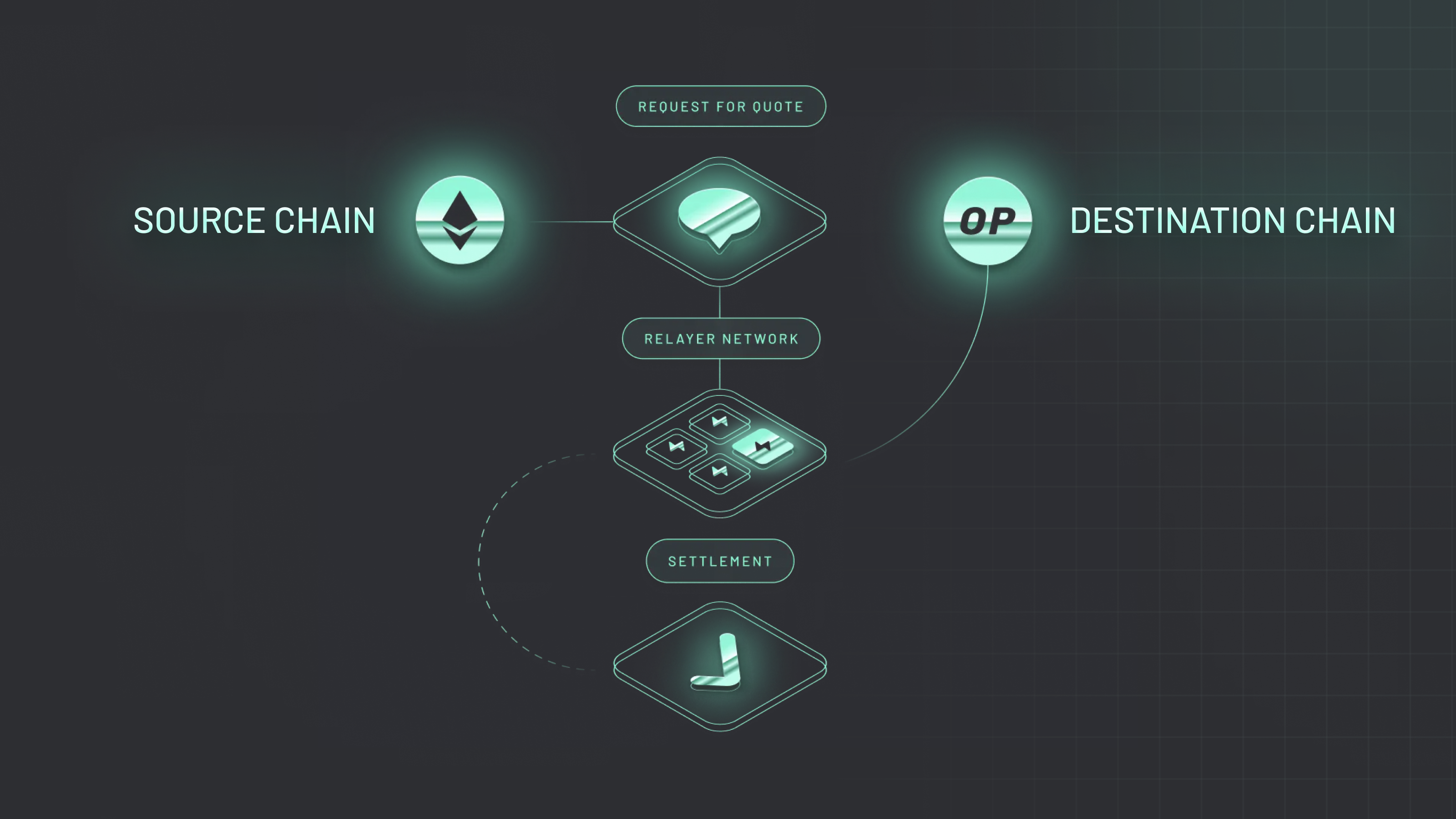
Adopt Shared Sequencer Networks: Utilize decentralized shared sequencer solutions, such as those being developed within the Optimism Superchain, to ensure fair transaction ordering and minimize centralization risks. This approach also reduces liquidity fragmentation and enables smoother cross-rollup user experiences.
-
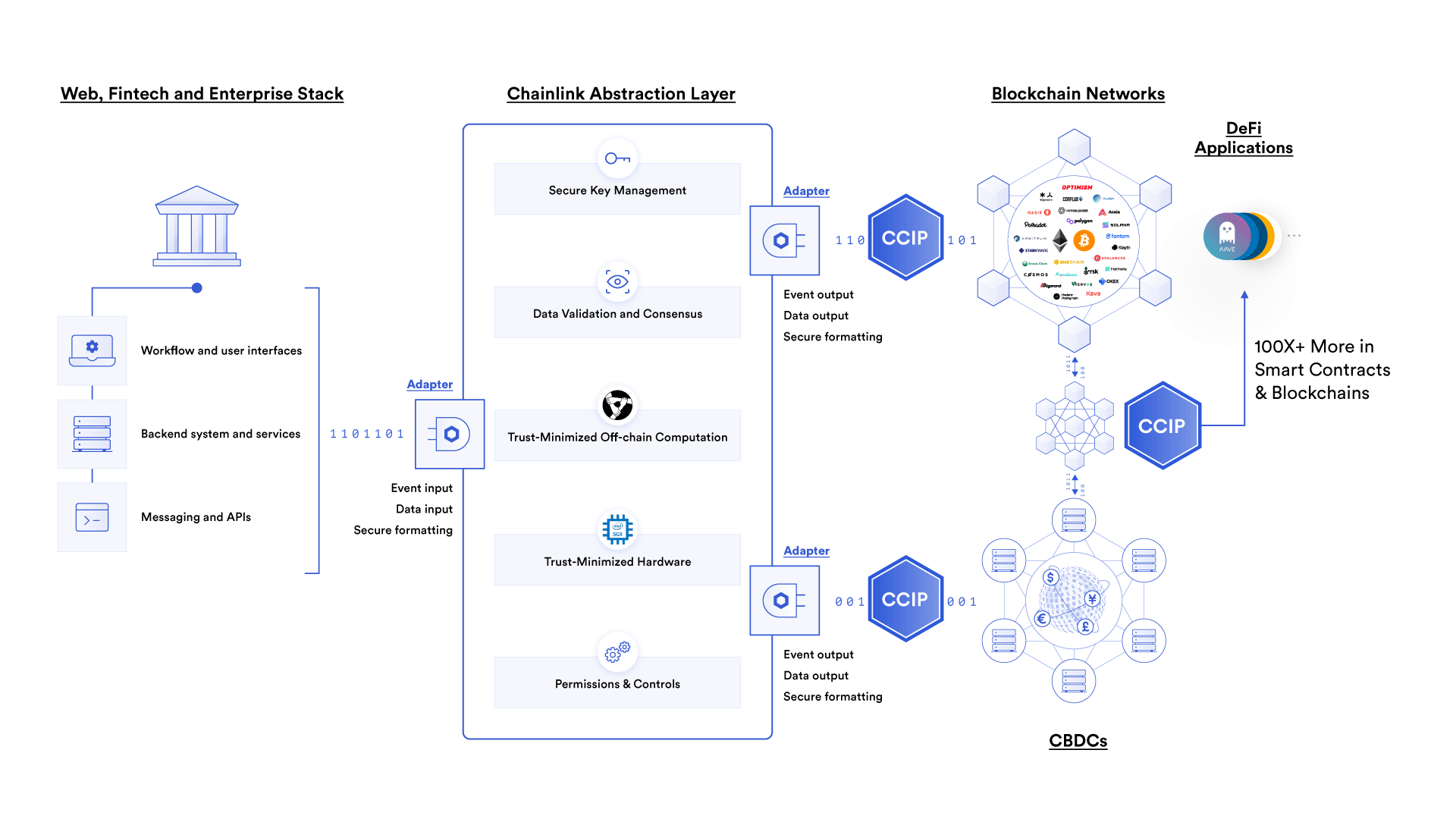
Prioritize Secure Cross-Chain Communication: Implement established interoperability protocols like Superchain Interop and consider integrating Chainlink CCIP for robust, blockchain-agnostic messaging between rollups and external chains.
-
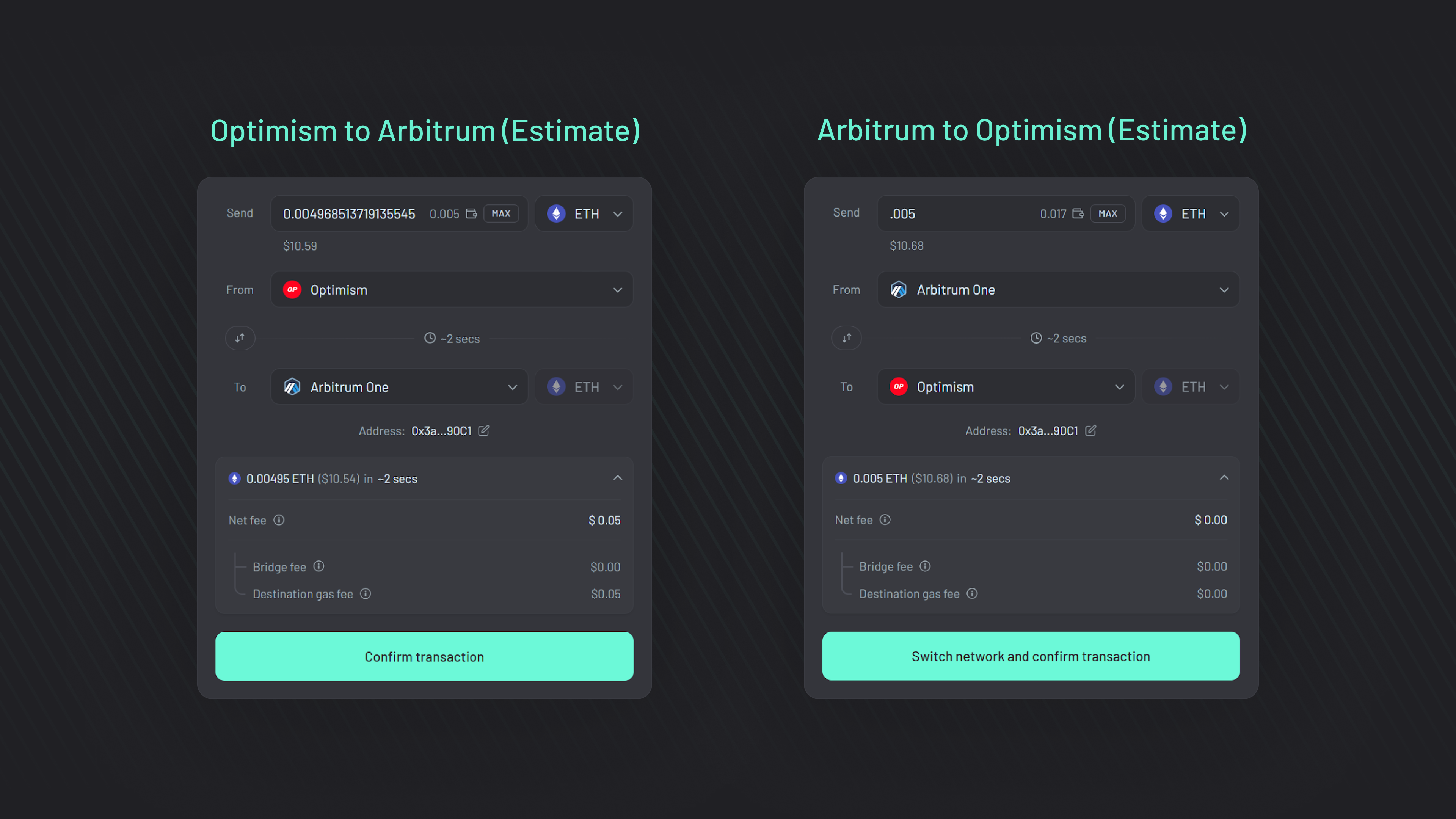
Stay Updated with Governance and Protocol Upgrades: Actively monitor Optimism Governance proposals and participate in community discussions to ensure your rollup remains compatible with the latest Superchain standards and security practices.
The next 12 months will be pivotal as mainnet deployments of shared sequencer networks move from pilot phases to production scale. Community-driven governance experiments will shape how open, or permissioned, sequencing becomes. Meanwhile, users stand to gain from lower fees, faster settlement times, and a seamless experience across an increasingly diverse landscape of OP Chains.
The era of isolated rollups is ending. As shared sequencers mature within Optimism’s Superchain vision, true superchain interoperability is shifting from buzzword to baseline infrastructure, a transformation likely to define Ethereum scaling for years to come.






